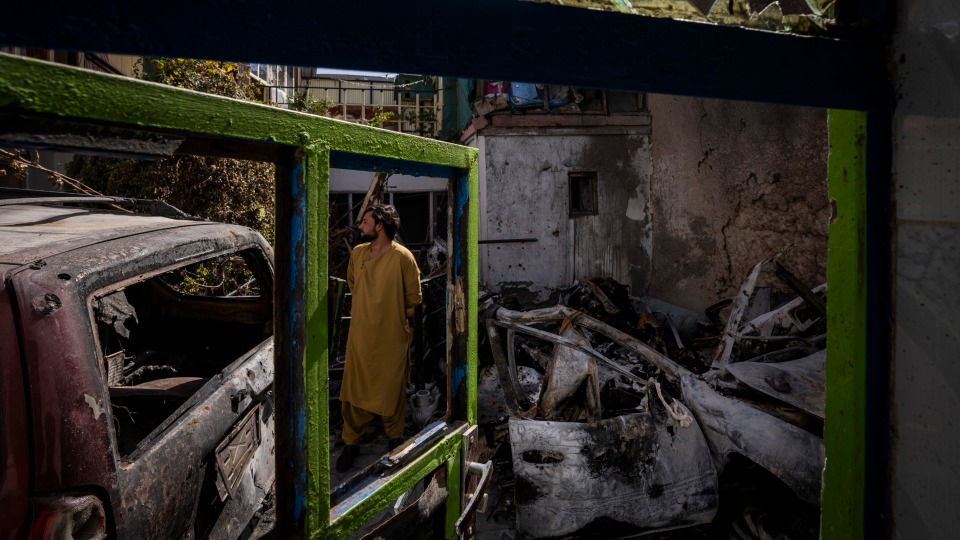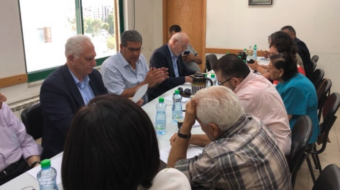
The fact that the countless numbers of drone strikes the United States military has conducted in the past few decades have resulted in the deaths of civilians is no surprise to anyone. Since the invasion of Iraq in 1991, up until the end of the U.S.-led war in Afghanistan, it has become far too common to hear individual horror stories told by those who have lived in the Middle East for generations. Whether it be the recent killing of Zemarai Ahmadi and his seven young relatives by American drones, or the bombing of news outlets in Gaza conducted by Israel—to which Congress just voted to give another billion dollars—the reality of violence has become just another story streaming on the 24-hour news cycle.
From combing through the 5,400+ pages of civilian casualty assessments and process documents made public on Dec. 18, 2021, by The New York Times, it becomes patently clear that the structure of the mode for reporting civilian deaths is geared toward hiding information from the public and keeping secret the real price of war.
Let’s start with what the United States Military classifies as a No Strike Facility (NSF). The international Laws of War (LOW), according to the “No Strike and the Collateral Damage Estimation Methodology” document, list the usual hospitals, refugee camps, and schools as Category I NSFs. These civilian, unprotected areas are most sensitive to strikes and are generally deemed off-limits.
What is interesting about the determination of NSFs isn’t so much all of the things in Category I, but how many things are slotted into Category II, the category that is supposedly less sensitive to international law and regulations. Here we find “Mass transit facilities,” “Fire Stations,” “Civilian Meeting Places,” and “Private Civilian Housing,” among other things on which no reasonable person would consider it more humane to conduct drone strikes. While the LOW give protection to entities in Category II, according to the documents, “No-Strike categories may be modified by the Secretary of Defense (SecDef) or President as the military or political situation dictates.”

Many of the specific incident reports concern instances that would appear to violate the LOW that require Presidential or SecDef approval. For example, Allegation No. 436 reports on an attack on the Rashidiya neighborhood of Mosul, Iraq. An investigation by the military found that “Available strike records indicate that it is more likely than not that fifteen civilians were killed as a result of a Coalition strike.” Part 2, Section D, of the document goes on to state that even though the allegations were found to be true, Gen. J. Scott O’Meara, who signed off on the findings, “did not recommend any further action.”
Aside from the arbitrary criteria for determining what a “No Strike Facility” is, these documents make clear that the process for reporting civilian deaths is murky at best, and a scrupulously crafted disguise to not expose the horrors of war at worst. The 2018 Policy for Civilian Casualties states that each report must go through a “vetting” process: Officers appointed to assess reports are authorized to determine whether releasing the information to the press is appropriate on grounds of “Security, Accuracy, Policy, and Propriety.”
Delving further into the leaked documents, one repeatedly comes across the phrase “lessons learned.” The 2019 Civilian Casualty Report—that cost taxpayers $40,000 to produce—states: “Lessons learned are routinely incorporated into DoD issuances and training. For example…, No-Strike and the Collateral Damage Estimation Methodology, have incorporated lessons learned from Operation[s] IRAQI FREEDOM.”
Given what we know about the over 460,000 deaths that occurred as a result of the U.S. and allies’ war in Iraq, it is dark indeed to think that in 2019 that was one of the operations the military was looking to for lessons they might implement going into the future.
These documents that the New York Times published show the grim reality of American foreign policy and that the problems within the U.S. military-industrial complex are not skin-deep. These issues, resulting in the countless deaths of civilians, are baked into the carefully worded strategies of the United States and hidden in obscure documents with the hope they will never be seen in the light of day. The very manner in which the U.S. processes reports of noncombatant casualties and ever so neatly defines terms lays the groundwork for future decades of endless war.












Comments